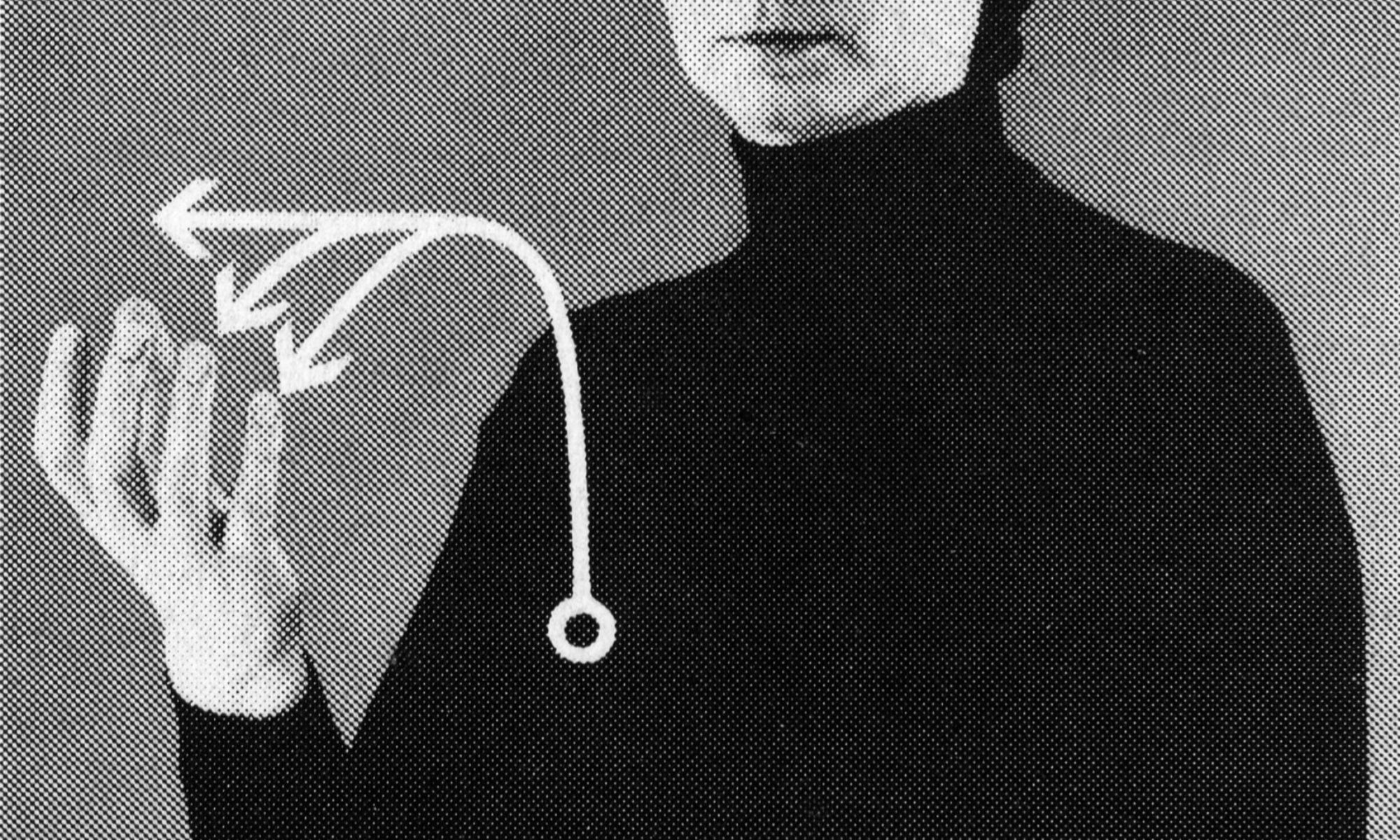cambio-change, 2011
Installation, Bekleidung, Schuhe, Socken, Regenschirme, Kassenzettel, Verpackung, Kleiderbügel, Dimensionen variabel,
Kunstraum UniCredit München
Mit dem für die Ausstellung zur Verfügung stehenden Budget erwirbt Albert Coers ein Set grundlegender Gegenstände (Jacke, Hose, Schuhe, Regenschirm), die er bei der Eröffnung trägt (Wert 400 €). Bei gleichbleibendem Ausgangsbetrag werden sie umgetauscht gegen Waren gleicher oder verwandter Produktklassen, aber günstigeren Preises und für eine wandfüllenden Installation verwendet. Am Ende steht wieder das universale Tauschmittel, zentral auch bei Operationen einer Bank, Geld.

Die Arbeit nimmt lose Bezug auf Arbeiten von Thomas Huber, die zeitweise parallel im Kunstraum gezeigt wurden, und in denen die Idee des Kreislaufs ebenfalls eine Rolle spielt.
Bestandteil der Dokumentation sind Fotografien sowie die erhaltenen Kassenzettel. Einkaufstüten sowie Kleiderbügel, Kartons, Papiere bekommen als Relikte aus dem Einkauf eine eigene Wertigkeit und werden sortiert und archiviert.
Ein Ausschnitt des Ablaufes wird in den Kunstkontext gestellt: im UniCredit Kunstraum werden die Objekte gezeigt, der Begriff „Wechselausstellung“ bekommt so einen neuen Sinn.
Das Projekt greift einen Ansatz von biblioteca collettiva (2005) auf: es ging um den Prozeß der Ausleihe und die Verwendung des Ausgeliehenen in einem vom Leihgeber nicht vorgesehenen Kontext.
Das Projekt bezieht sich auf die Nähe des temporären Kunstraumes der unicredit in München zu Viktualienmarkt, Marienplatz, Kaufingerstraße mit zahlreichen Einkaufsmöglichkeiten. Gegenstand ist der Wechsel, die Veränderung, der spezielle, auf Waren bezogenen Vorgang: „Umtausch“.
Die meisten Waren können umgetauscht werden, was die Illusion grenzenloser Flexibilität erzeugt, ein angenehmes Gefühl des Sich-Nicht-Festlegens. Der Handel bietet diese Möglichkeit “aus Kulanz”, rechnet aber damit, daß sie nicht zu häufig in Anspruch genommen wird, denn jeder Umtausch ist mit Umständen verbunden.
Ziel des Projekts ist, die Möglichkeiten des Umtausches auszuloten, dabei die Versprechung vom ständig möglichen Wechsel zu hinterfragen und durch konsequente Umsetzung ad absurdum zu führen. Gleichzeitig wird das Wertverhältnis von Waren, deren identitätsstiftender Funktion und die Bedeutung der Besitzdauer für das Verhältnis zu den Dingen thematisiert.
Cambio-Change, 2011
With the budget available for the exhibition, Albert Coers purchases a set of basic items (jacket, pants, shoes, umbrella), which he wears at the opening (value 400 €). With the initial amount remaining the same, they are exchanged for goods of the same or related product classes, but of a cheaper price, and used for a wall-sized installation. At the end there is again the universal medium of exchange, central also in operations of a bank, money.
The work loosely refers to works by Thomas Huber, which were temporarily shown in parallel in the Kunstraum, and in which the idea of the cycle also plays a role.
Components of the documentation are photographs as well as the preserved sales slips. Shopping bags as well as clothes hangers, boxes, papers are given their own value as relics from shopping and are sorted and archived.
An excerpt of the process is placed in the context of art: the objects are shown in the UniCredit Kunstraum, the term “temporary exhibition” thus acquires a new meaning.
The project takes up an approach from biblioteca collettiva (2005): it was about the process of borrowing and the use of what is borrowed in a context not intended by the lender..
The project refers to the proximity of the temporary art space of unicredit in Munich to Viktualienmarkt, Marienplatz, Kaufingerstraße with numerous shopping opportunities. The subject is the change, the change, the special process related to goods: “exchange”.
Most goods can be exchanged, which creates the illusion of limitless flexibility, a pleasant feeling of not being fixed. Retailers offer this possibility “as a gesture of goodwill”, but reckon that it will not be taken up too often, because every exchange is associated with circumstances.
The aim of the project is to sound out the possibilities of exchange, in the process questioning the promise of the constantly possible change and leading it ad absurdum through consistent implementation. At the same time, the value relationship of goods, their identity-creating function, and the significance of the duration of possession for the relationship to things are thematized.










